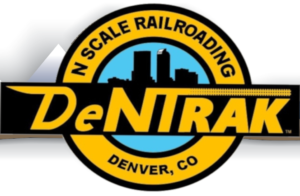check opsw 320
Radio Throttles. By design radio throttles act slightly different from normal tethered throttles. They do not send commands until the throttle is inactive. This means that when the engineer is changing speed, direction or setting functions, etc., the throttle does not transmit the commands to the radio receiver until the engineer stops making changes. This gives the effects of delays, but what it is doing is keeping radio data to a minimum to allow maximum bandwidth over the airwaves.
User education is necessary here. If the user learns to not be constantly changing throttle speed, etc. but do it either in small steps, or all at once to reach a stable state on the throttles he will hardly notice this effect. On the other hand, the more active the user is with the throttle, the more pronounced it becomes. Also, the human body can act as a shield to the radio signals. Thus the user should keep the throttle about 10 inches out from his/her body and try not to get his/her body between the throttle and a radio receiver. Additional radio
Basic Consisting. With Basic Consisting all locomotives in the consist are programmed to the same address. For locomotives moving in the forward physical direction program CV29 to x06 for 2-digit address or x26 for 4-digit address. For locomotive(s) moving in the reverse physical direction program CV29 to x07 for 2-digit address or x27 for 4-digit address. (Note: the DT100R program in hexadecimal.) For non-Digitrax decoders these values may be different; check the decoder manual.53
